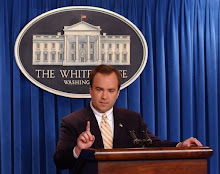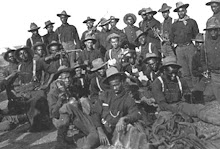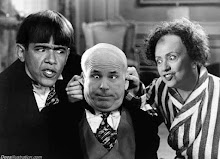
On June 19, 1865, Major General Gordon Granger stood on the balcony of Ashton Villa in Galveston, Texas, and read a special order from President Abraham Lincoln:
The people of Texas are informed that in accordance with a proclamation from the Executive of the United States all slaves are free. This involves an absolute equality of rights and rights of property between former masters and slaves, and the connection heretofore existing between them becomes that between employer and free laborer. The freedmen are advised to remain at their present homes and work for wages. They are informed that they will not be allowed to collect at military posts, and they will not be supported in idleness, either there or elsewhere.
Instantly, June 19, or Juneteenth for short, became a day of celebration and family reunions in Texas.
President Lincoln signed the Emancipation Proclamation on January 1, 1863. It seems hard to believe that it took two-and-a-half years for the news to reach Texas. An old folktale explains that President Lincoln sent the news from Washington by a Union soldier who rode all the way on a slow-moving mule. According to some historians, many slave owners in Texas were aware of the Emancipation Proclamation but refused to tell their slaves about it.
Juneteenth was celebrated in Texas until the late 1960s and early 1970s. The civil rights movement seemed to overshadow the holiday. But in the late 1970s, Juneteenth became a popular holiday again, and the tradition began to spread beyond the borders of Texas.
Source: cinnamonhearts.com
































No comments:
Post a Comment